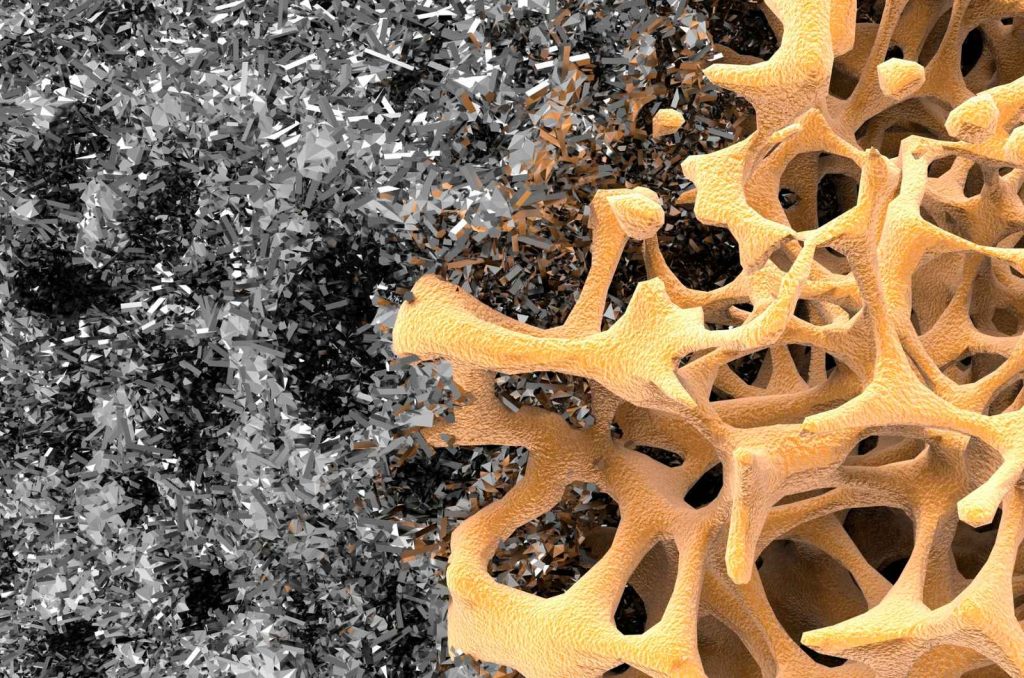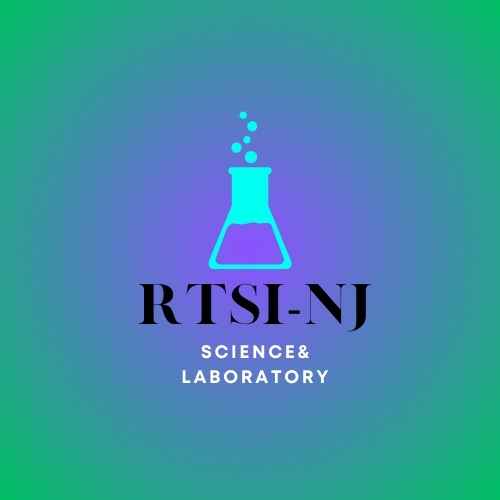
?how does tissue regeneration work
Tissue regeneration is the process of replacing or restoring damaged or missing cells, tissues, or organs. It is a naturally occurring process in some animals, such as salamanders, which can regenerate lost limbs, and in plants, which can regenerate from a single cell. In humans, tissue regeneration usually relies on the body’s ability to heal itself.
The body uses several cell types to facilitate tissue regeneration. Stem cells, which are undifferentiated cells, are responsible for producing new, healthy tissue. Stem cells can be found in all parts of the body and can be stimulated to differentiate into the specific cell type that needs to be replaced. Other cell types, such as fibroblasts, are responsible for secreting signals that stimulate stem cells to divide and differentiate.
In addition to stem cells, the body also relies on growth factors and cytokines to facilitate tissue regeneration. Growth factors are proteins that bind to specific receptors on the cells and cause them to divide and differentiate. Cytokines are molecules that stimulate the migration of stem cells and other cells to the area of injury.
The body also uses scaffolding proteins to help guide the growth of new tissue. These proteins interact with the stem cells and other cells.
?Can tissue regrow for dogs
Yes, dogs can regrow tissue. Dogs are able to regenerate tissue just like humans, but the process may take longer due to the age and size of the animal. Dogs are able to regrow tissue in areas such as the skin, muscle, and bone.
Skin regeneration happens when a wound is created and new cells fill the gap left behind. Skin cells are constantly regenerating, but the speed of the process depends on the severity of the wound.
Muscle regeneration occurs when a dog is injured and a replacement muscle is grown. The cells in the damaged muscle will break down and be replaced with new cells that are created by the body.
Bone tissue regeneration is a more complex process because bones are harder to regenerate. The body will use stem cells to create the new bone tissue, which requires more time and energy.
Overall, tissue regrowth for dogs is possible, but it can take longer than it does for humans due to the size and age of the animal. Dogs are able to regrow tissue in areas such as the skin, muscle, and bone.
?Regeneration tissue repair for dogs
Regeneration and tissue repair for dogs is a complex process. After an injury, the body must rebuild the damaged tissue and cells.
The body inherently knows how to regenerate tissue and repair the damage. It uses stem cells, which are unspecialized cells that can divide and differentiate into the particular cell type needed. These stem cells can be found in the body and can be stimulated to divide and differentiate into specific cell types that need to be replaced.
Growth factors and cytokines also play a role in tissue regeneration and repair. Growth factors are proteins that bind to specific receptors on the cells, causing them to divide and differentiate. Cytokines are molecules that stimulate the migration of stem cells and other cells to the area of injury.
Scaffolding proteins are also used to help guide the growth of new tissue. These proteins interact with the stem cells and other cells to help organize the tissue regeneration and repair process.
Overall, tissue regeneration and repair for dogs is possible, but it can take longer than it does for humans due to the size and age of the animal. Dogs are able to regrow tissue in areas such as the skin, muscle, and bone.
